Druid Symbols: Deciphering Ancient Belief Systems
Druid Symbols and their deep meanings, from nature, monotheistic reverence, to celestial wisdom and the venerated Bile, Sun Cross and Triskelion.
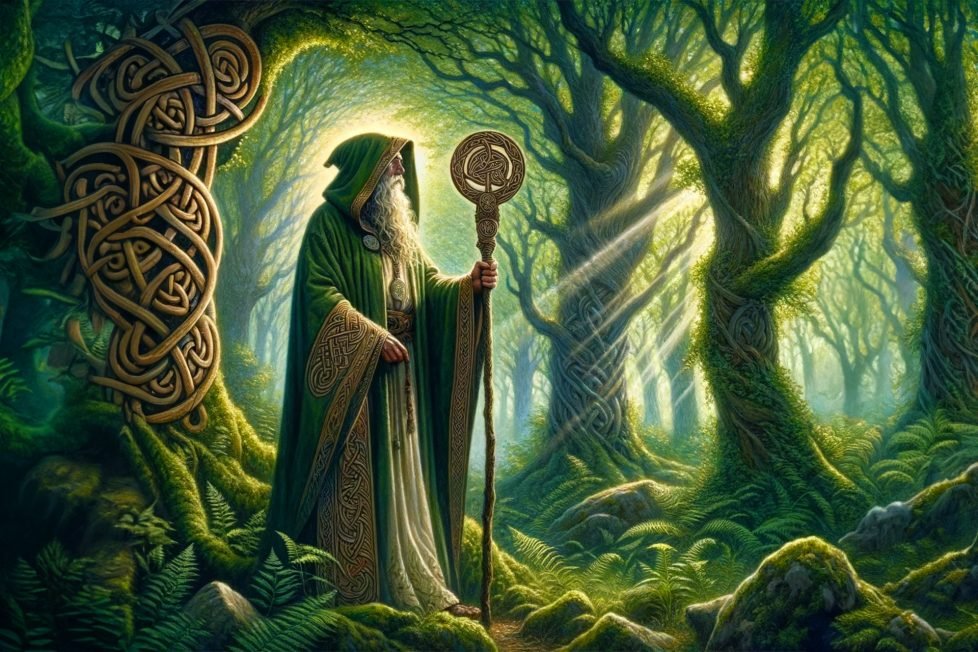
Druid Symbols and their deep meanings, from nature, monotheistic reverence, to celestial wisdom and the venerated Bile, Sun Cross and Triskelion.

Table of Contents
ToggleThe Druids were revered by the peoples of the ancient world. Looked upon as wise beings and spiritual advisors; they were judges, medical doctors, lawyers, historians, poets, ambassadors, and, above all else, mediators between man and God.
They served as the spiritual backbone of what we now refer to as the Celtic-speaking peoples, otherwise known as the Western branch of Indo-Europeans. While little to no native writings exist to break down the ancient religion of the Druids, fragmented legends and symbols have allowed us to piece together their belief system.
Scholars have collected enough information to know that the Druids’ religion varied slightly from region to region. But while they differed in many ways, all Druidic peoples believed in multiple natural deities, one supreme godhead, the importance of symbols, and a connection to the stars above.
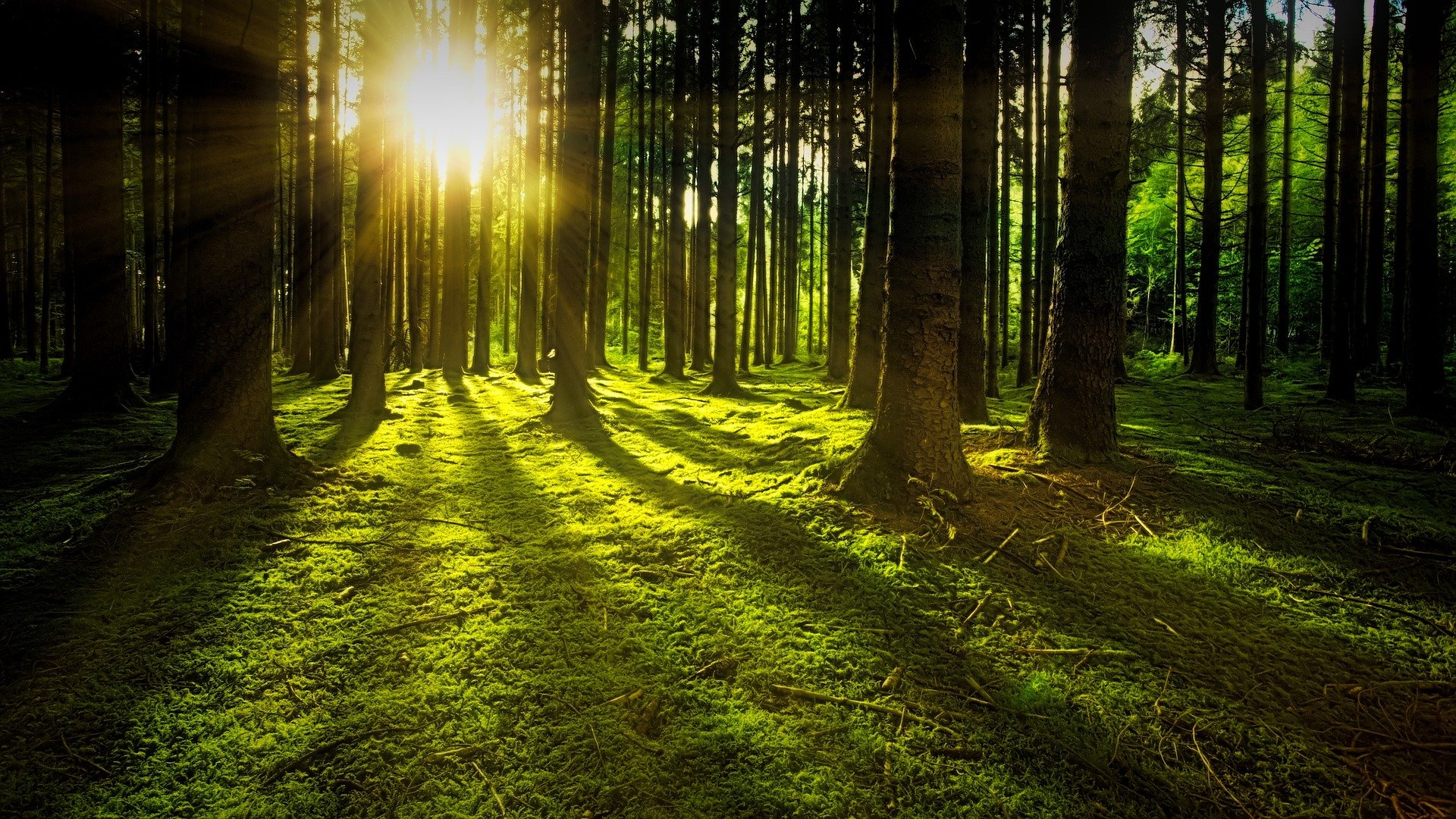
According to surviving legends and folklore, Druids throughout the Celtic world shared a cultural belief in the reverence of nature. Variations certainly existed, but common features include the admiration of forests, rivers, and springs.
By understanding that the Druids respected and even worshiped the forces of nature, scholars have surmised that the Druids followed a specific polytheistic religion of various gods and goddesses.
Over 400 deities in the Celtic world made up an extensive pantheon. Many were associated with natural phenomena and other aspects of life, including the celestial bodies, storms, rivers, warfare, and even individual tribes.
One of the most widely venerated gods was Lugh, who was worshiped from Ireland to Gaul and possibly across Anatolia under various aliases. Lugh was thought to represent the sun, light, and possibly even storms, all sacred to the Druids and Celtic peoples.
He was regarded as a wise and all-seeing deity, and the Druids aspired to live up to the expectations put forth by this mythical being.
Another deity heavily associated with the Druid’s belief system was Cernunnos, who represented nature, fertility, and resurrection and was considered the god of all things wild. He appears all throughout the Celtic world, but each alias embodied consistent attributes.
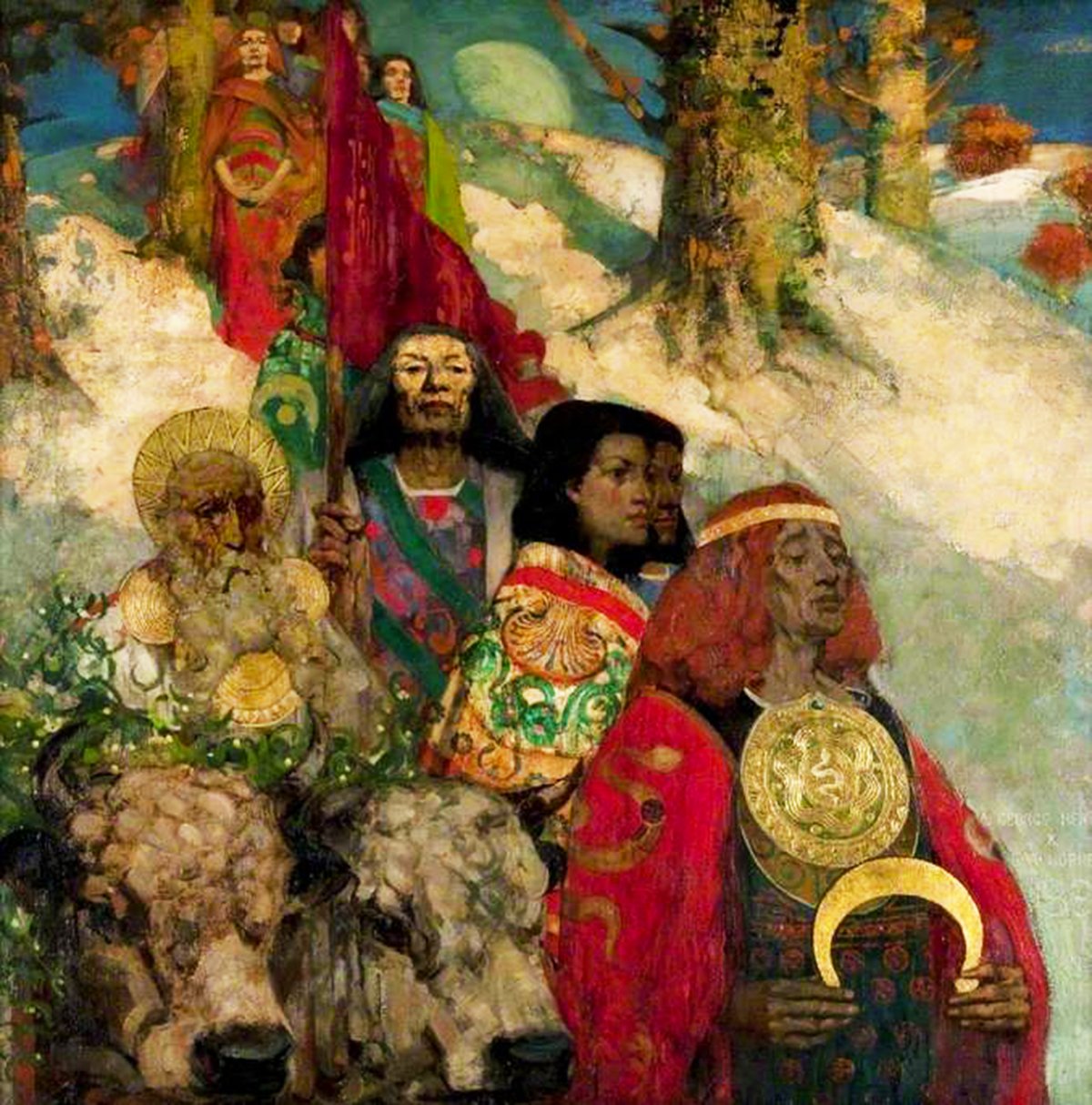
While the Druids may have looked at individual forces of nature and applied a specific deity to such occurrences, there is evidence to suggest that the Druids had one supreme god whom they placed above all else.
This suggests that the Druids followed a Henotheism religion, meaning they believed that there was one supreme god from which all lesser deities were created. The idea was famously explained by the 18th-century scholar Antoine Banier as follows:
The ancient Religion of the Gaul was at first of great purity: the people, especially the Druids, had a much more just and spiritual Apprehension of God than either the Greeks or Romans. The Druids were persuaded that the supreme being was to be worshiped no less by the silent veneration of the heart than by external sacrifices.
Antoine Banier
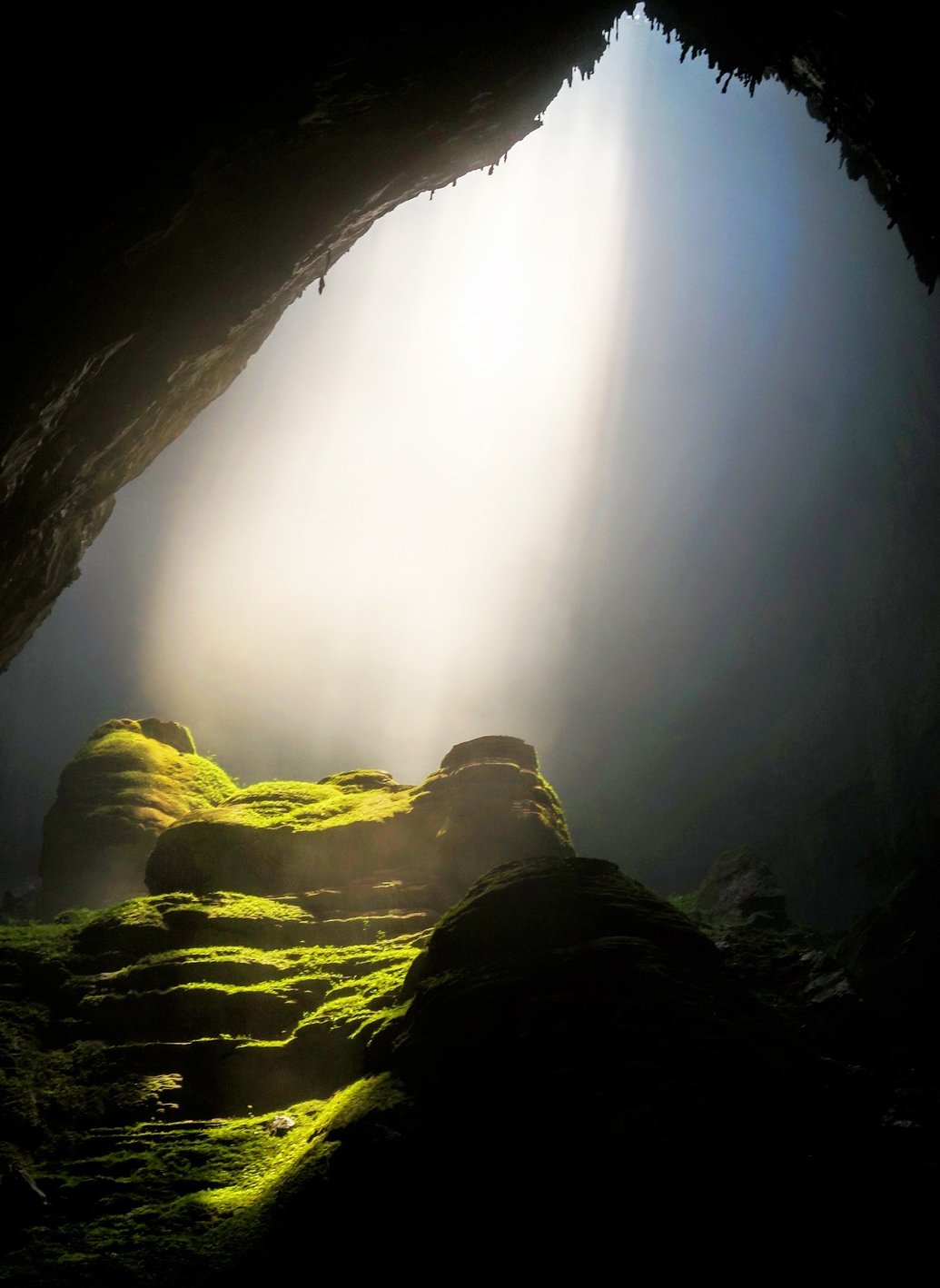
While in some instances, the Druidic religion bears a similarity to shamanic practices due to their connection to the spirit world and holistic medicine, it also bears resemblance to other Indo-European belief systems.
For example, the Druids are said to have believed in the soul’s immortality. They believed that when a person dies, their soul carries onwards to a place Druids refer to as the Otherworld and would eventually be reincarnated, similar to Hinduism from the East.
The Druidic religion was based on a philosophical connection to nature as well as to the universe itself. It’s clear from surviving texts that Druids often thought of the world outside themselves as a part of themselves. According to folklore, an ancient Druid by the name of Amairgen lived in Ireland in prehistoric times. A surviving poem attributed to this wise sage reads as follows:
I am the wind that blows across the sea;
I Am the wave of the ocean;
I am the murmur of the billows;
I am the bull of the seven combats;
I am the vulture on the rock;
I am a ray of the sun;
I Am the fairest of flowers;
I am a wild boar in valor;
I am a salmon in the pool;
I am a lake on the plain;
I am the skill of the craftsman;
I am a word of science;
I am the spearpoint that gives battle;
I am the God who creates in the head of man the fire of thought.
Who is it that enlightens the assembly upon the mountain, if not I?
Who tells the ages of the moon, if not?
Who shows the place where the sun goes to rest, if not I?
Who is the God that fashions enchantments– The enchantment of battle and the wind of change?
Amairgen, Druid
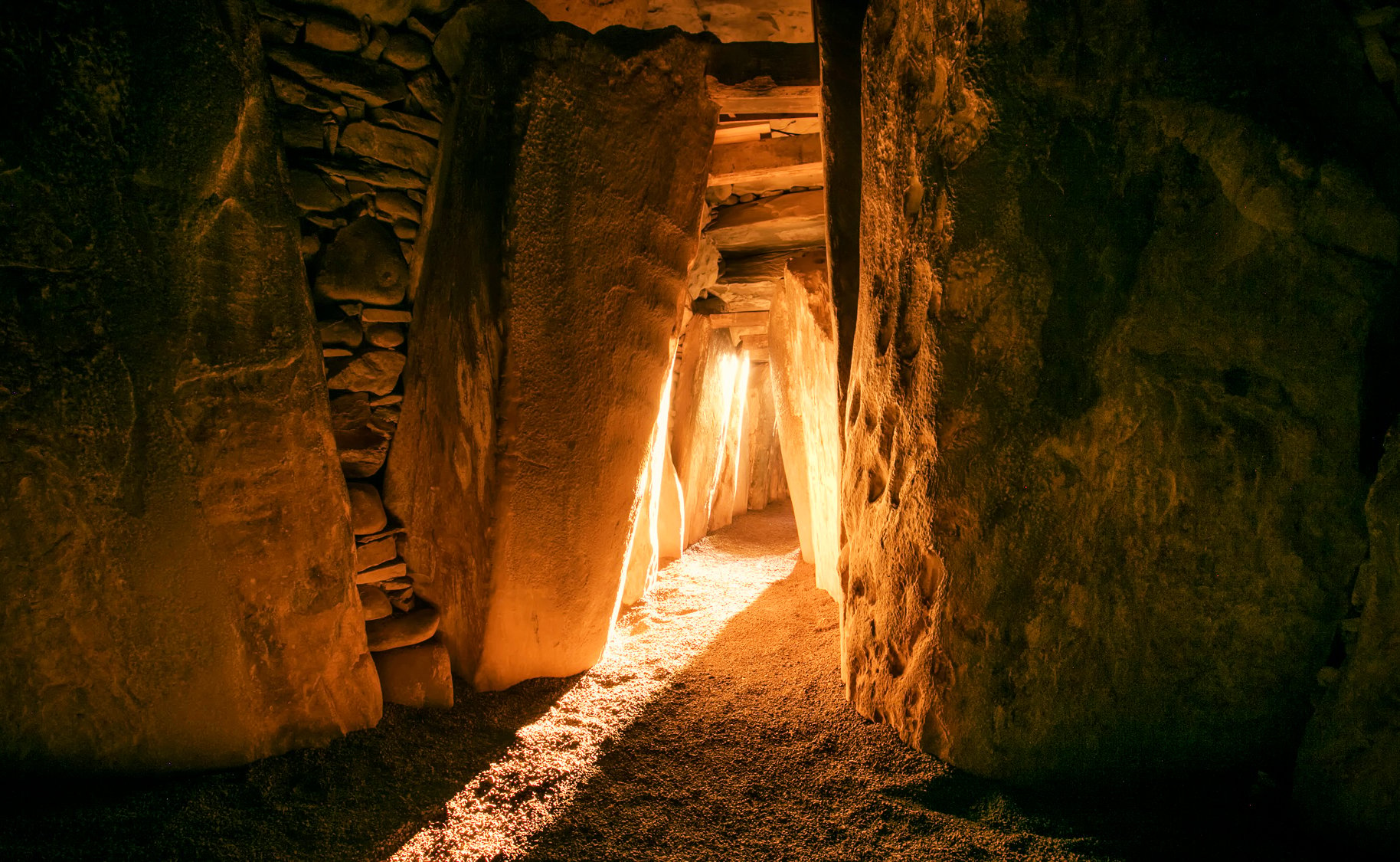
The Druids of the Celtic world had extensive knowledge of the celestial bodies and were recognized as some of the greatest astronomers of the ancient world. They followed a lunar-based calendar, which, among many things, allowed them to track their seasons for agricultural purposes.
The Druids closely followed the four major astronomical events, i.e., the winter and summer solstice and the summer and winter equinoxes. However, the Druids of Ireland also had what is referred to as cross-quarter days, which fell during the middle of the previously mentioned astrological events.
The four cross-quarter days held both a physical and spiritual meaning. The first came at the end of October when Samhain was held. It was a day when the Druids could reach out to the dead in the Otherworld, but also when the livestock would be slaughtered and their meat stored.
The next Imbolc, which fell on February 1st, was considered a time of rebirth, symbolized by the birthing of lambs. Next, on May 1st, the cross-quarter celebration of Beltane occurred, a time to purge oneself and purify the soul by way of great fires. Finally, Lugnnashadh fell on August 1st, great markets full of the first harvest would be held, marking a time of gratitude for the Earth itself.
Based on the surviving legends and folklore, it’s evident that the Druids created oral myths based on specific astrological events and held elaborate celebrations when the stars aligned. To the Druids, the stars not only worked as a clock in the sky but were true deities guiding them on their journey through Earth.
The Druids did not write lengthy manuscripts; they preferred to pass their teachings on by word of mouth. However, while they didn’t use the written word, they did use symbols to express items in nature and in life that were of vital importance.
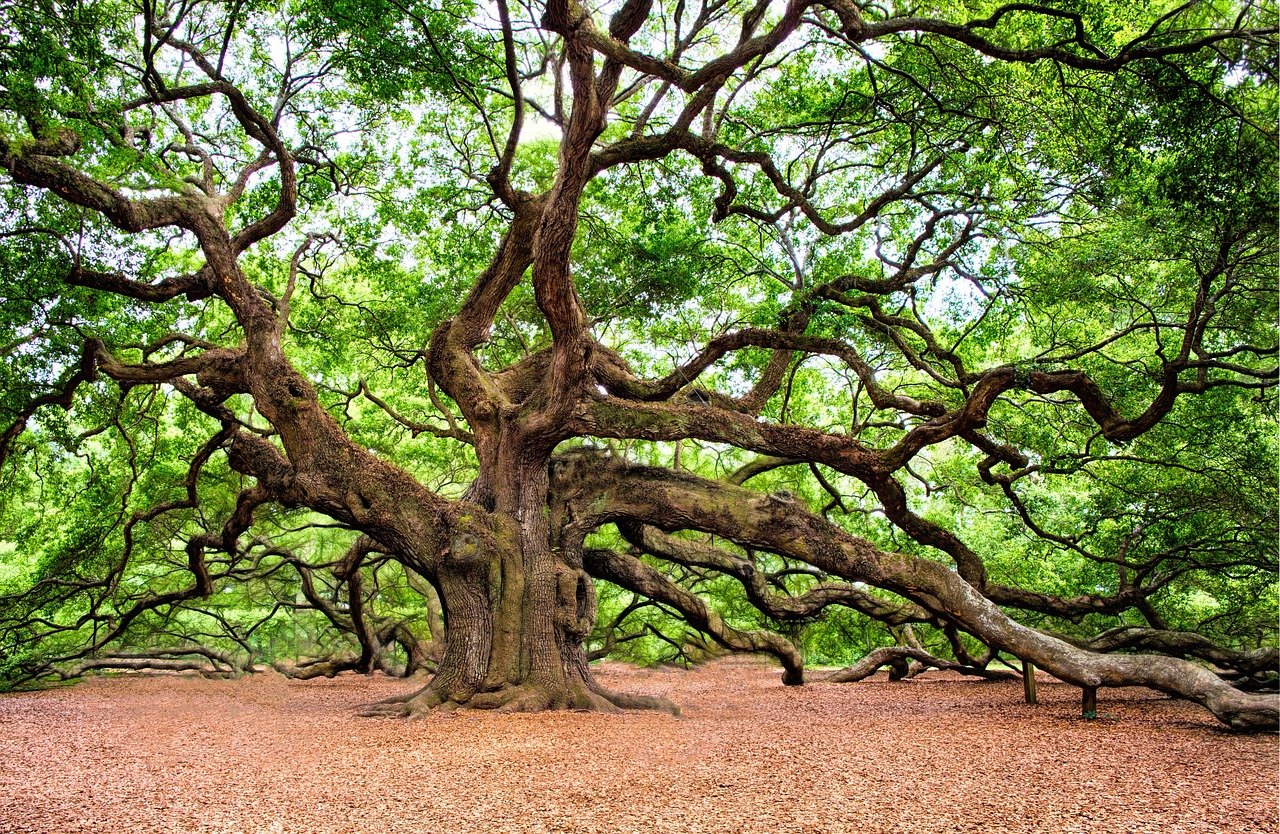
In Druidic Ireland, every tribe had a sacred tree or ‘bile,’ which they deeply revered as a sacred part of their homeland.
To the Druids, the tree was a symbol of the supreme deity, and anything that grew upon its branches was considered highly sacred, and the trees were greatly revered.
They revered trees so much that the Ogham alphabet, Ireland’s and Britain’s pre-historic writing script, was made up of individual sigils, each represented by a tree.
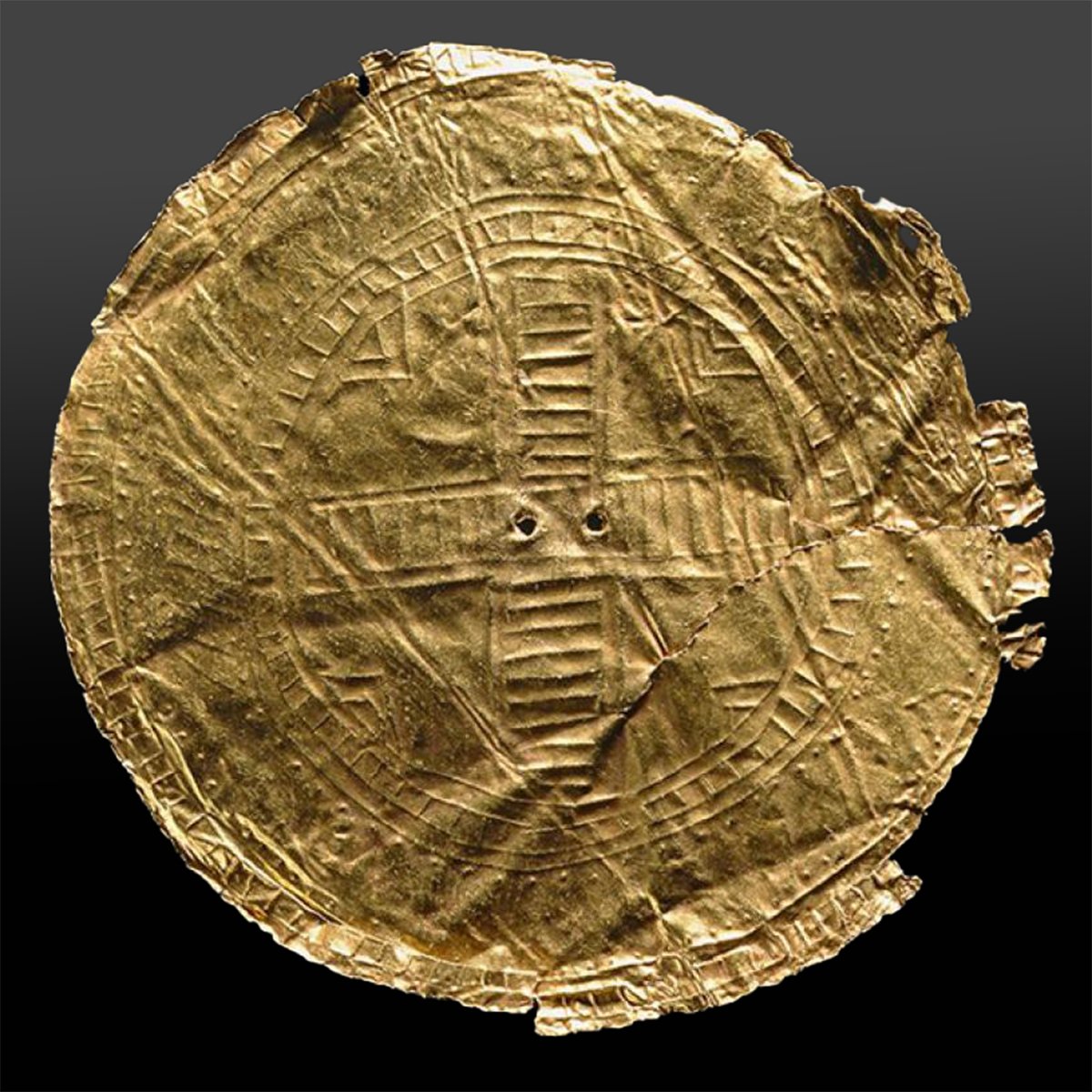
Another of the symbols held sacred by the Druids was that of the equal arm cross, commonly referred to as a sun cross. Various bronze discs of this ancient symbol and stone carvings have been found all across the Celtic world, including many in Britain and Ireland.
Thought to represent the sun, this symbol played an extremely important role in the religious customs of the Ancient Druidic peoples. Various depictions of deities across the Celtic world can be seen wielding such a cross, symbolizing its sacred nature.
It’s thought the Druids would take branches from a sacred ‘bile’ or tree and create an equal arm cross as, again, it was thought to be a physical representation of their supreme deity or great spirit.
Throughout history, the serpent has been worshiped as a symbol of great wisdom. From Uraeus, an Egyptian serpent that sat on the face of the pharaoh’s crown, to Kundalini, the ancient life force of Vedic peoples that coils like a serpent, the reptile was always greatly revered.
However, the Druids did not worship the serpent as other cultures did. In fact, the symbol of the serpent was assigned to the Druidic people by scholars and explorers of the time.
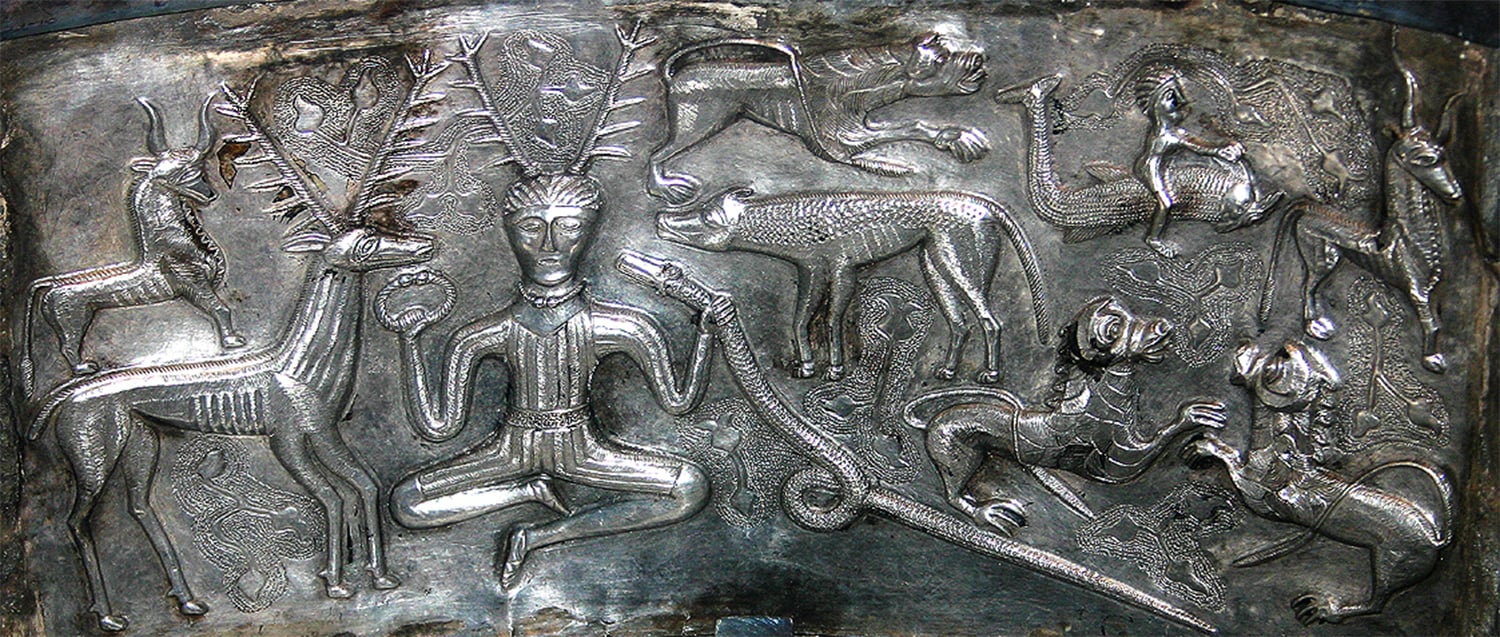
The association of Irish Druids with snakes is somewhat unusual. There are no wild snakes on the island of Ireland today, and most historians believe that serpents have never lived there.
Though no one truly knows how the Druids became associated with serpents, one theory points to the tale of Saint Patrick.
In the 5th century, Saint Patrick traveled to Ireland in order to spread Christianity, and the story goes that while he was there, he rid the entire island of snakes. However, scholars now believe that the expulsion of the snakes was, in fact, the replacement of Druidic beliefs with those of Roman Catholicism.
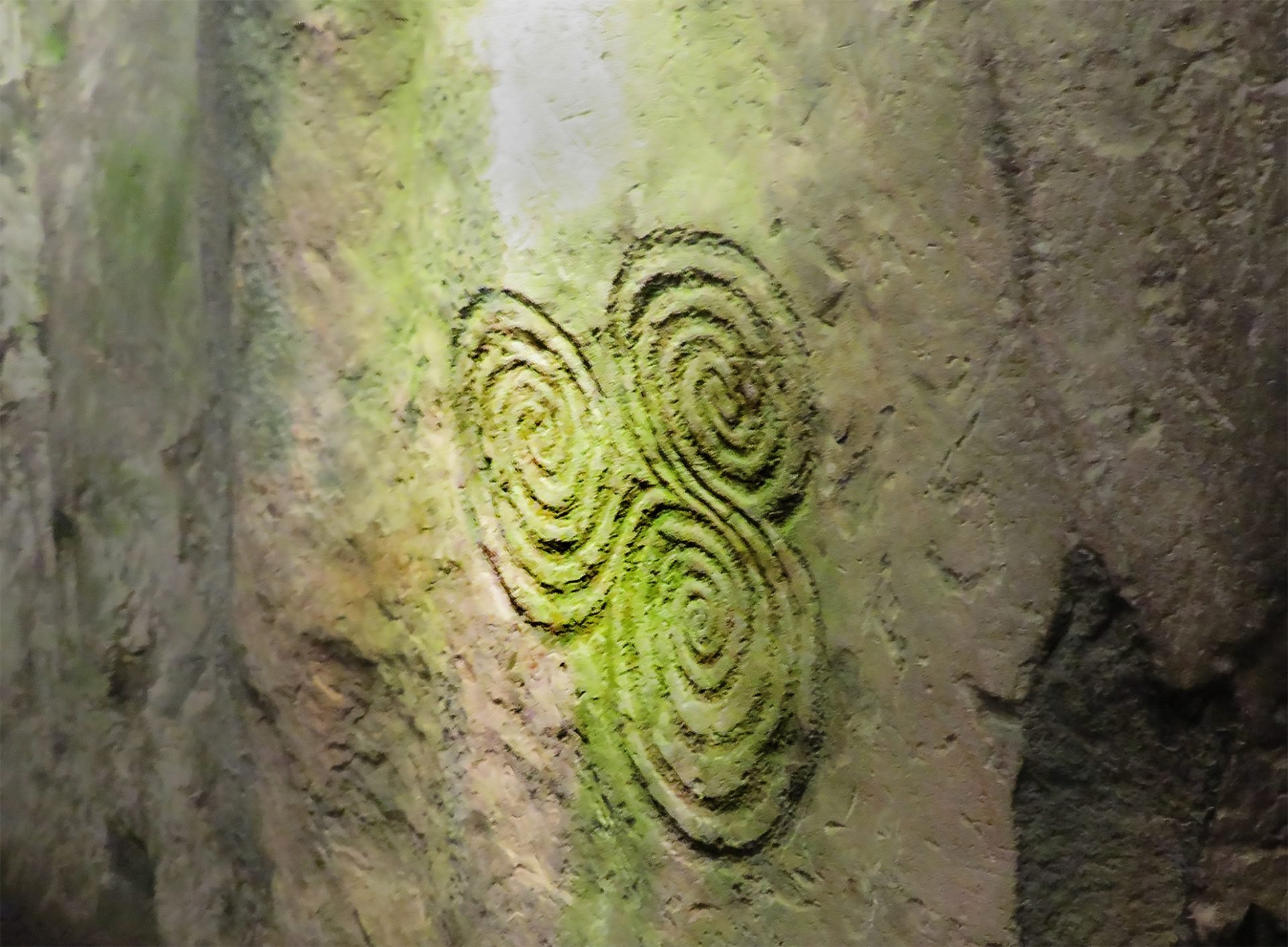
The triskelion, also commonly referred to as the triple spiral, is another symbol that’s been heavily associated with Druidic beliefs.
It can be found carved at one of Ireland’s most sacred sites, Newgrange, as well as on bronze age shields and decorative pieces; it’s been at the forefront of Celtic spirituality for thousands of years.
The Druids believed in three worlds or realms. The first is the Otherworld, thought to be where the ancestors resided, then the realm of Earth, and, finally, the realm of the sky where the stars lived and watched over humanity.
This philosophy has led many historians to believe that the three spirals in the triskelion represent the continuous motion of both the physical and spiritual worlds.
Another prominent theory is that the triskelion could even be associated with Lugh himself, who was portrayed with three faces. It’s thought he represented a collective deity made up of three individual Celtic gods: Taranais, Toutatis, and Esus.
Without extensive texts from the Drudic peoples, historians have long struggled to thoroughly understand their belief system and symbols. However, after immense research, the world has finally begun to gain some insight into the ancient religious practices of the Druids.
